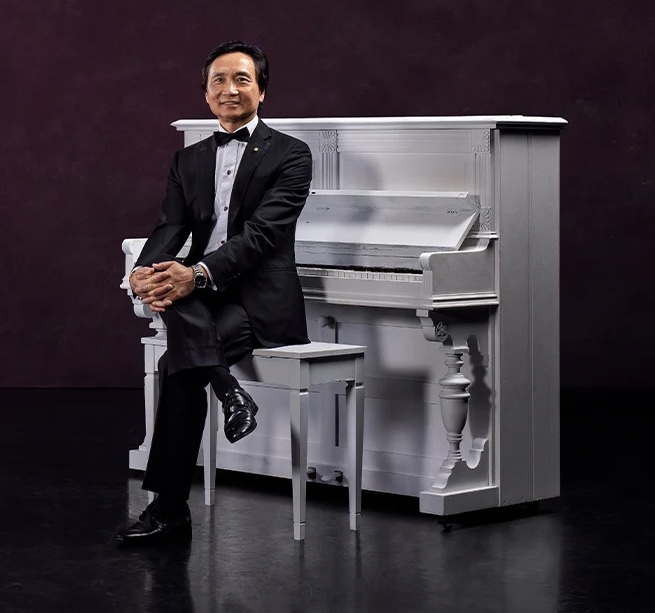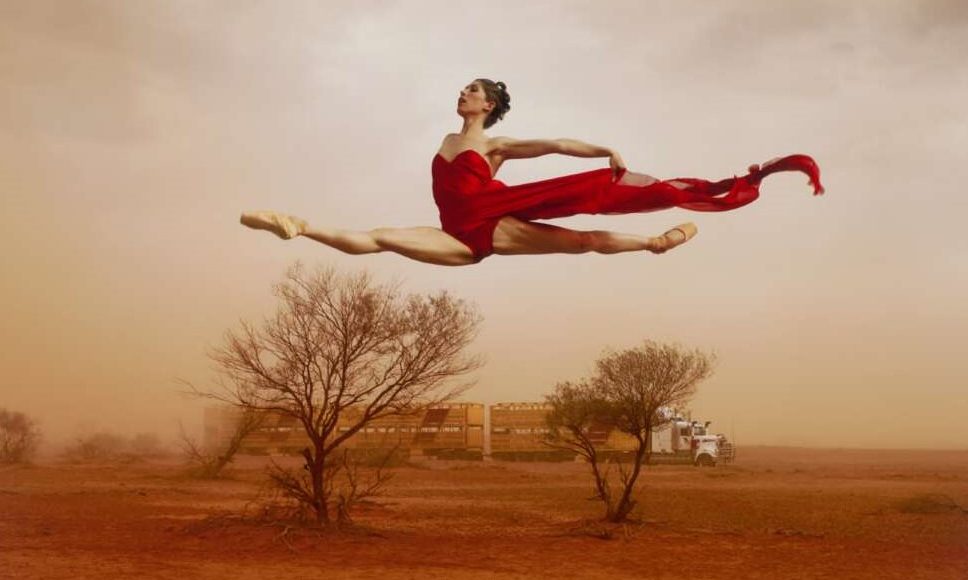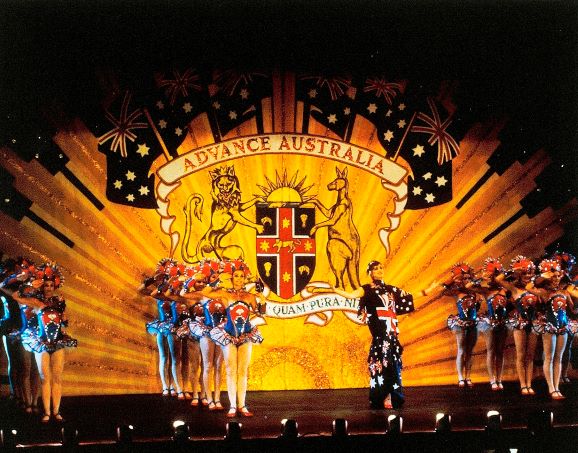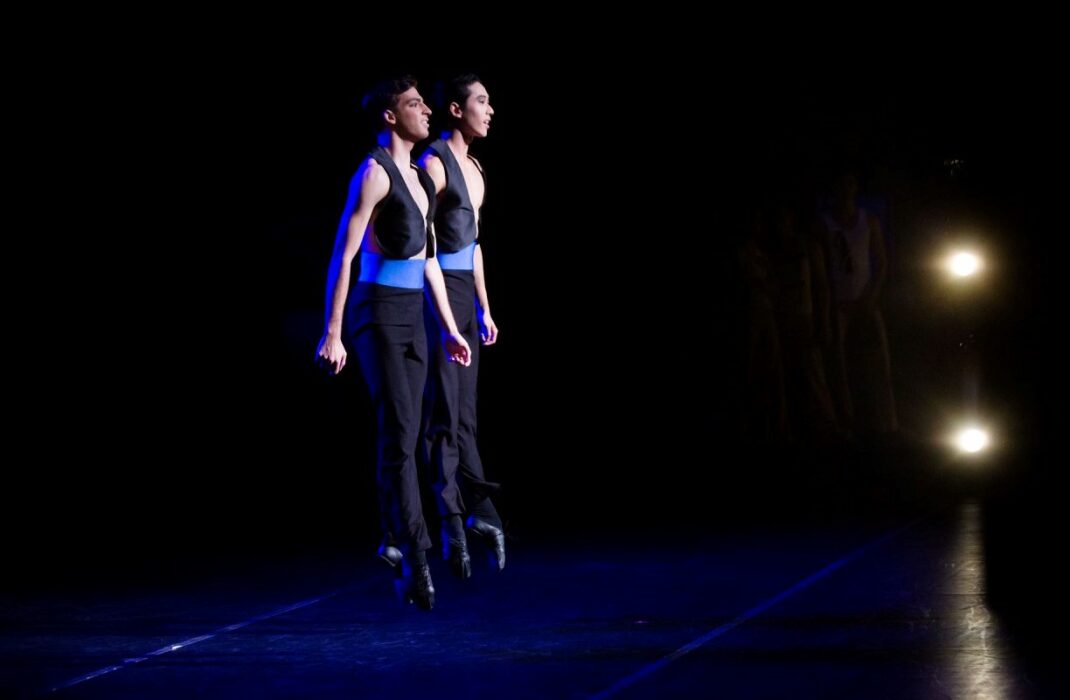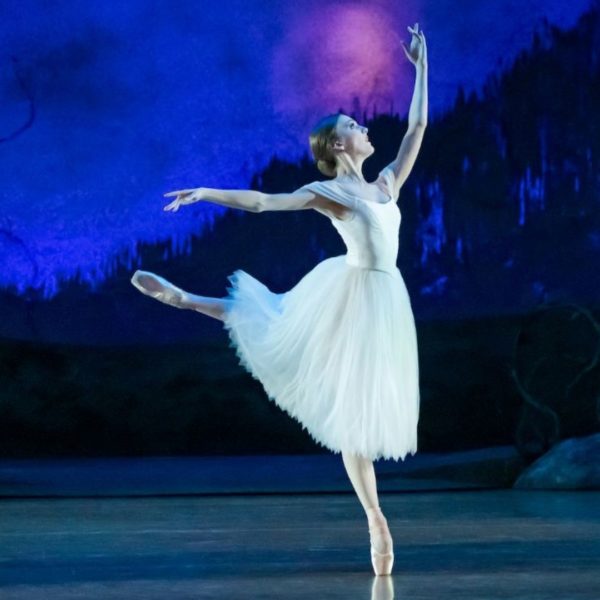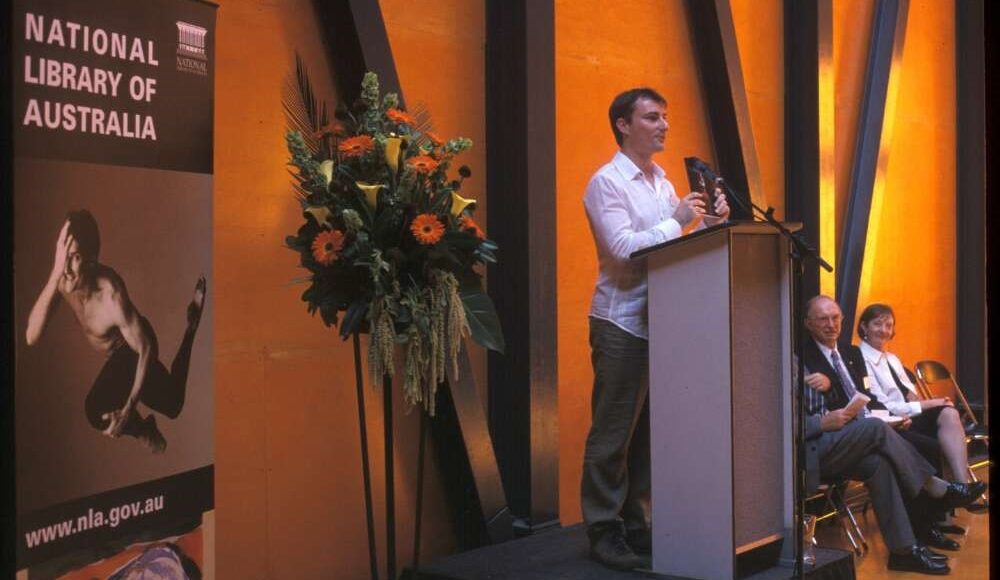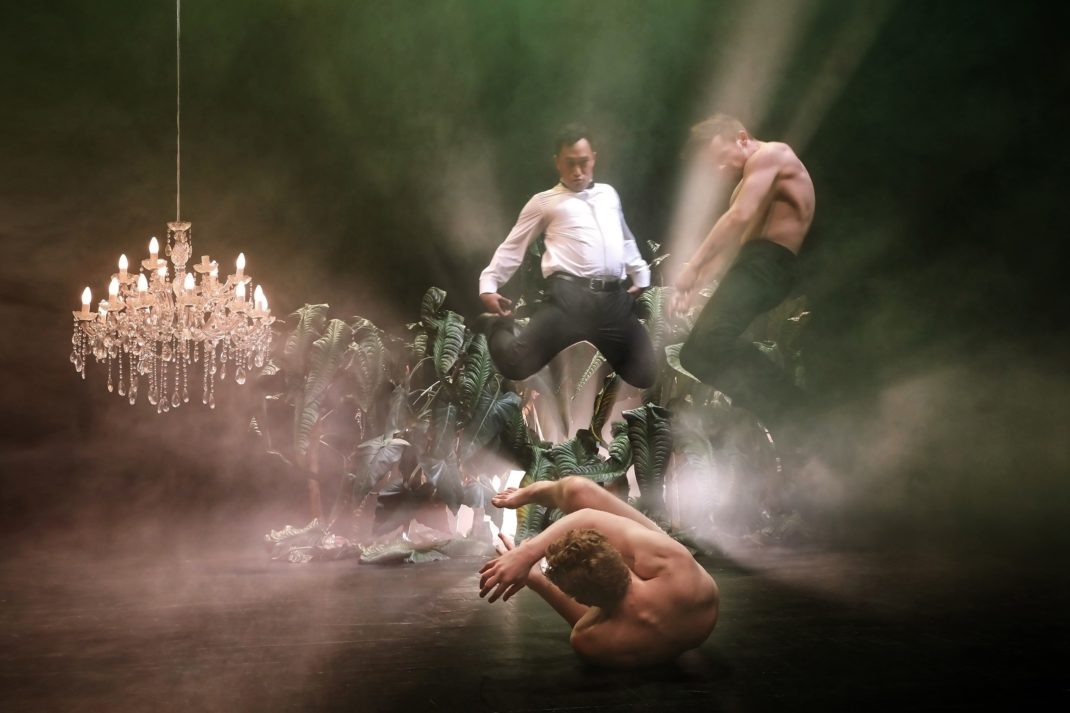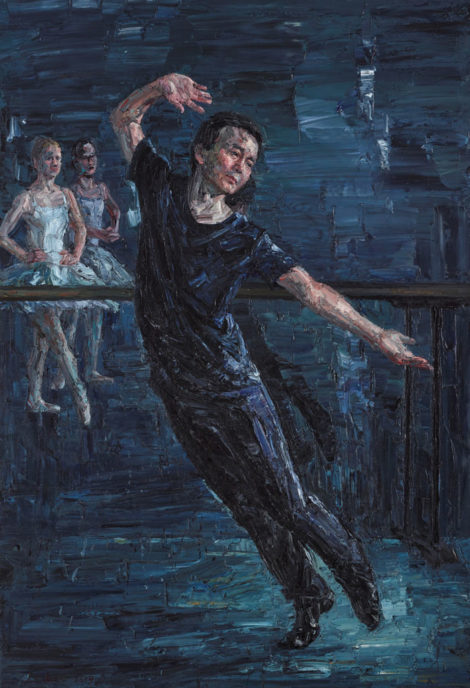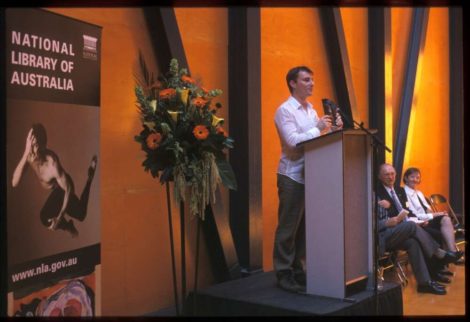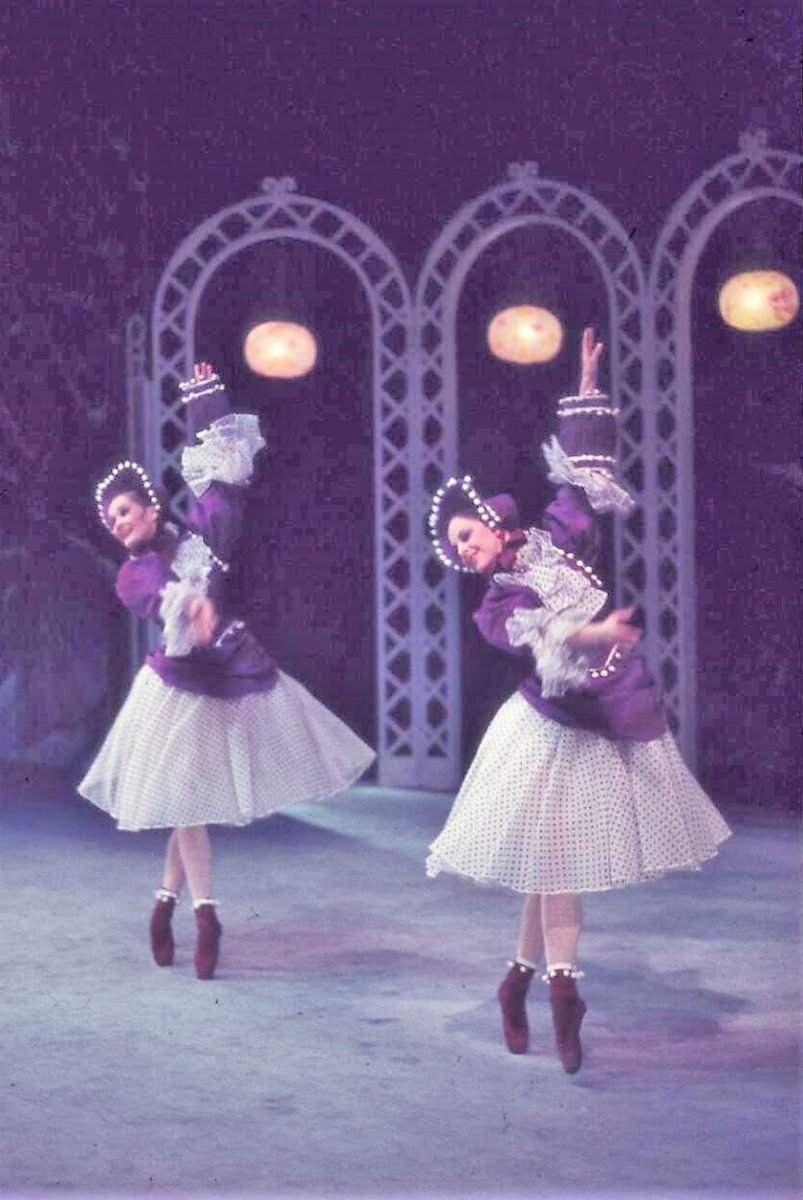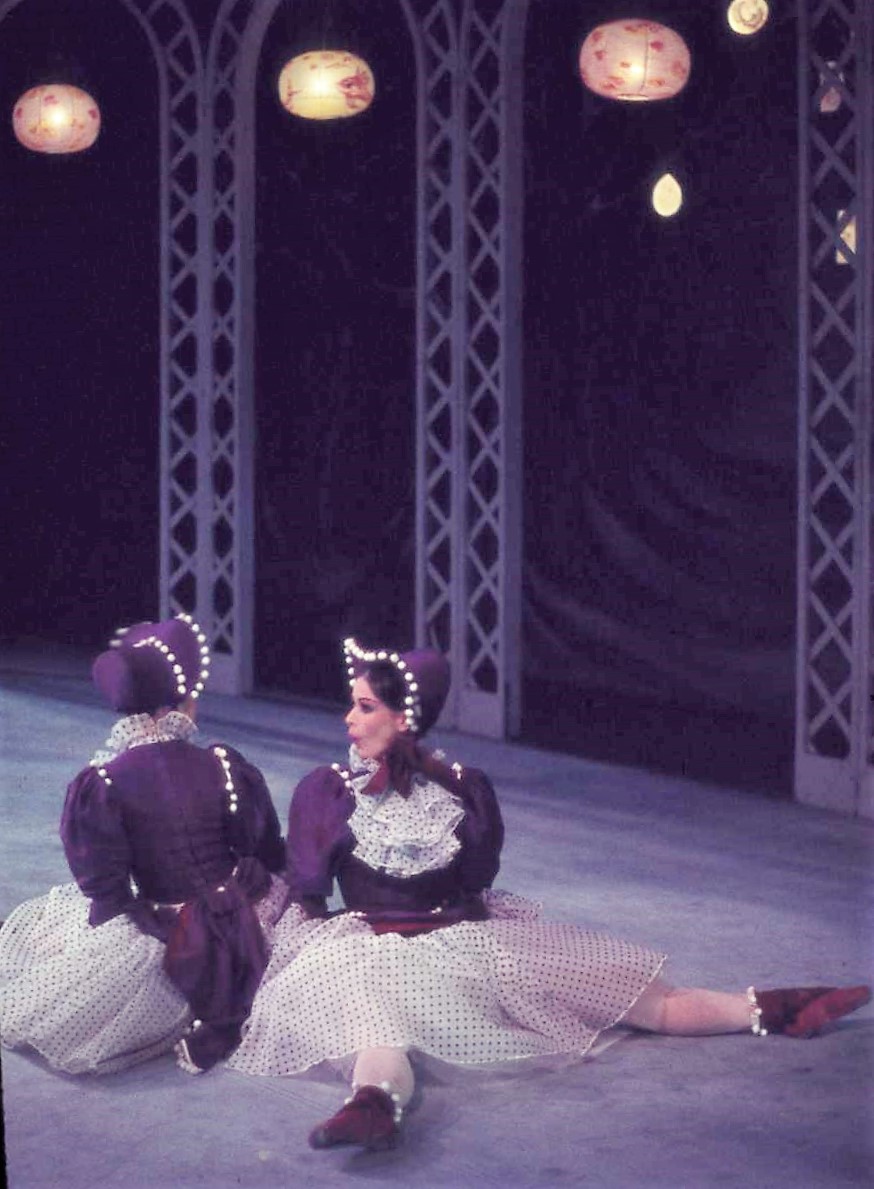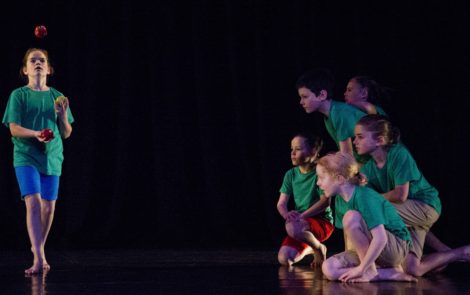- Li Cunxin’s farewell
Li Cunxin’s farewell as artistic director of Queensland Ballet was celebrated in a gala show over three performances on 12 and 13 December. Below is a tribute to Li from a range of people who worked with him, along with some terrific photos and footage from the decade of his directorship, and earlier. So worth a look!
See more about Li and his incredible input into the growth of Queensland Ballet at this link.
- Leanne Benjamin and that outback photograph by Jason Bell
Early in her autobiography, Built for ballet, Leanne Benjamin talks about the circumstances surrounding the creation of the photo taken of her in outback Australia, which I have used on this website on occasions and which (not surprisingly) always generates comments of one kind or another.
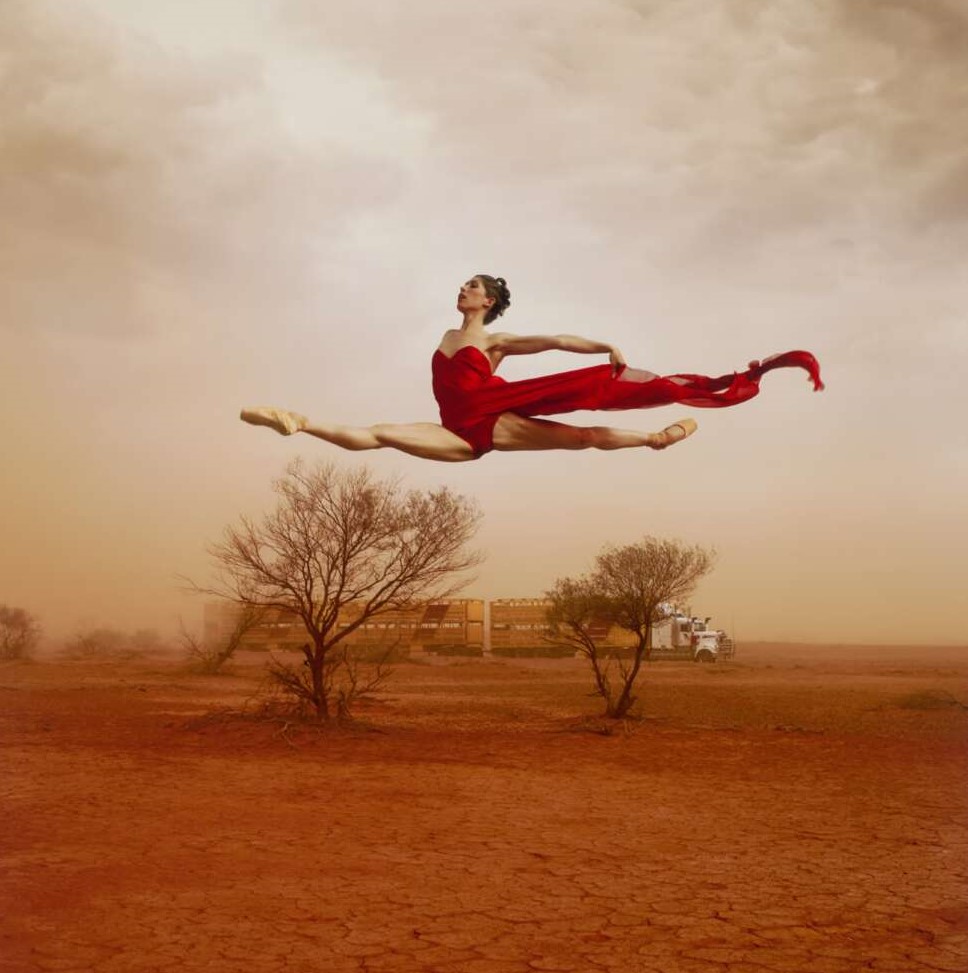
Benjamin was in Australia in December 2006 as a participant in Advance 100 Leading Global Australians Summit, which she says brought together ‘a diverse group of 100 of the best international minds in business, science, education, research and the arts’. A photo shoot with English photographer Jason Bell and his team, unrelated to Advance 100, followed. It was specifically for a Royal Ballet series called A World Stage in which artists were shown in images, and sometimes on brief film footage, reflecting their country of origin. Benjamin calls it ‘an advertising campaign … which emphasised the international character of the Royal Ballet, and the Opera House where it has its home.’ Her costume, which she describes as ‘a Chanel lipstick-red dress with a skirt that would flash out behind me as I moved, and catch the breeze if we were lucky enough to get one in forty-degree heat’, was made in London by the costume department of the Royal Opera House.
‘Jason’s idea,’ Benjamin writes, ‘was to go for the centre of the continent, where even the colour of the earth tells you that you are in Australia. We’d hoped to shoot in front of Uluru, the country’s most famous landmark, but we couldn’t get permission to film there. The previous day, the team had been to the iconic domed rocks of Kata Tjuta and I’d had a terrific time, going through my paces on a flat floor, surrounded by looming boulders. It was as if someone had built a perfect set for a shoot.
The next day—the day we actually got the photograph Jason had been dreaming of—the terrain was much rougher, and the weather more overcast. To my surprise, the team had organised for a local ‘truckie’ to drive an authentic Australian road train slowly back and forth behind the shoot for a few hours. ….. This was not a stunt photograph, it was me, launching myself into the sky, in touch with the red, red earth of my beloved country.’
Who can forget that image?
Quotes above are from Benjamin’s book Built for ballet. An autobiography (Melbourne: Melbourne Books, 2021) pp. 21–22.
- Oral history interview with James Batchelor
My final National Library oral history interview for 2023 was with James Batchelor, Canberra-born performer and choreographer who works between Australia and Europe. Amongst the many topics addressed during the interview was a discussion of his choreographic process, including in relation to two of his most recent works—Event and Short cuts to familiar places—and some information about his trip to the sub-Antarctic, including how it came about and the developments that followed the trip. The interview, once processed, will be available for all to hear.
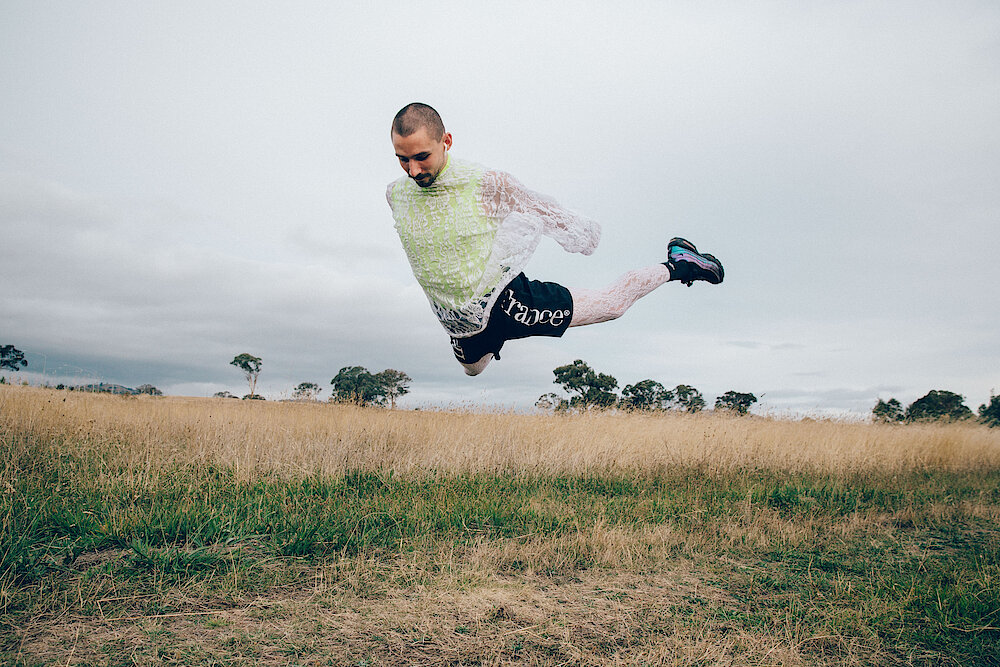
- Stephanie Lake. New resident choreographer at the Australian Ballet
Alice Topp’s term as resident choreographer at the Australian Ballet finished at the end of 2023 and the newly appointed holder of the position is Stephanie Lake. Lake will present her first work for the Australian Ballet, Circle Electric, in Sydney in May 2024 and in Melbourne in October 2024. Circle Electric will share the program with Harald Lander’s Études, which explores the intricacies of the classical ballet technique. The potential is certainly there for audiences to experience two vastly different approaches to dance.
Two of Lake’s recent works (for companies other than her own Stephanie Lake Company), are reviewed on this website at these links: Auto Cannibal (2019) and Biography (2022)
- Promotions at the Australian Ballet
There were a number of promotions announced as the Australian Ballet’s 2023 season came to an end. Seen below in a scene from Don Quixote are newly appointed principals Jill Ogai and Marcus Morelli.
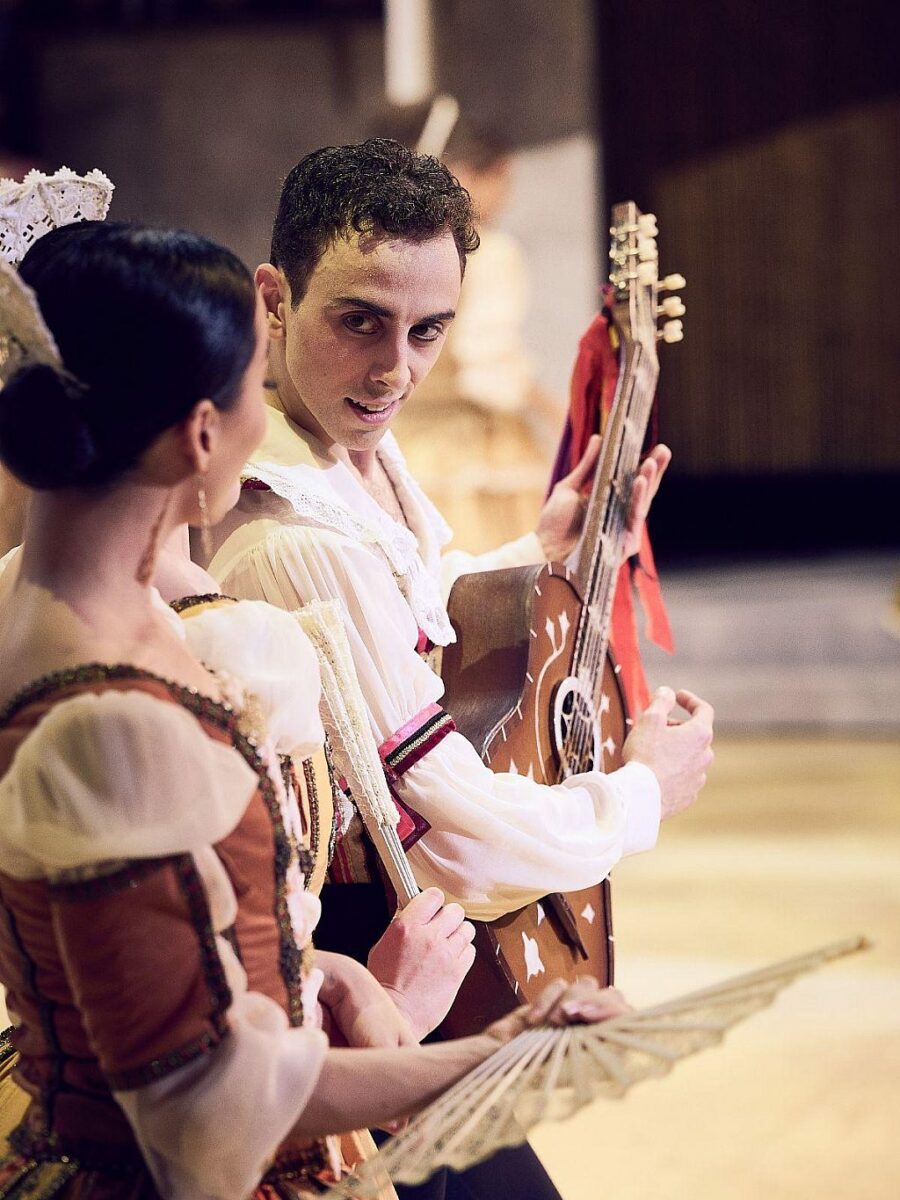
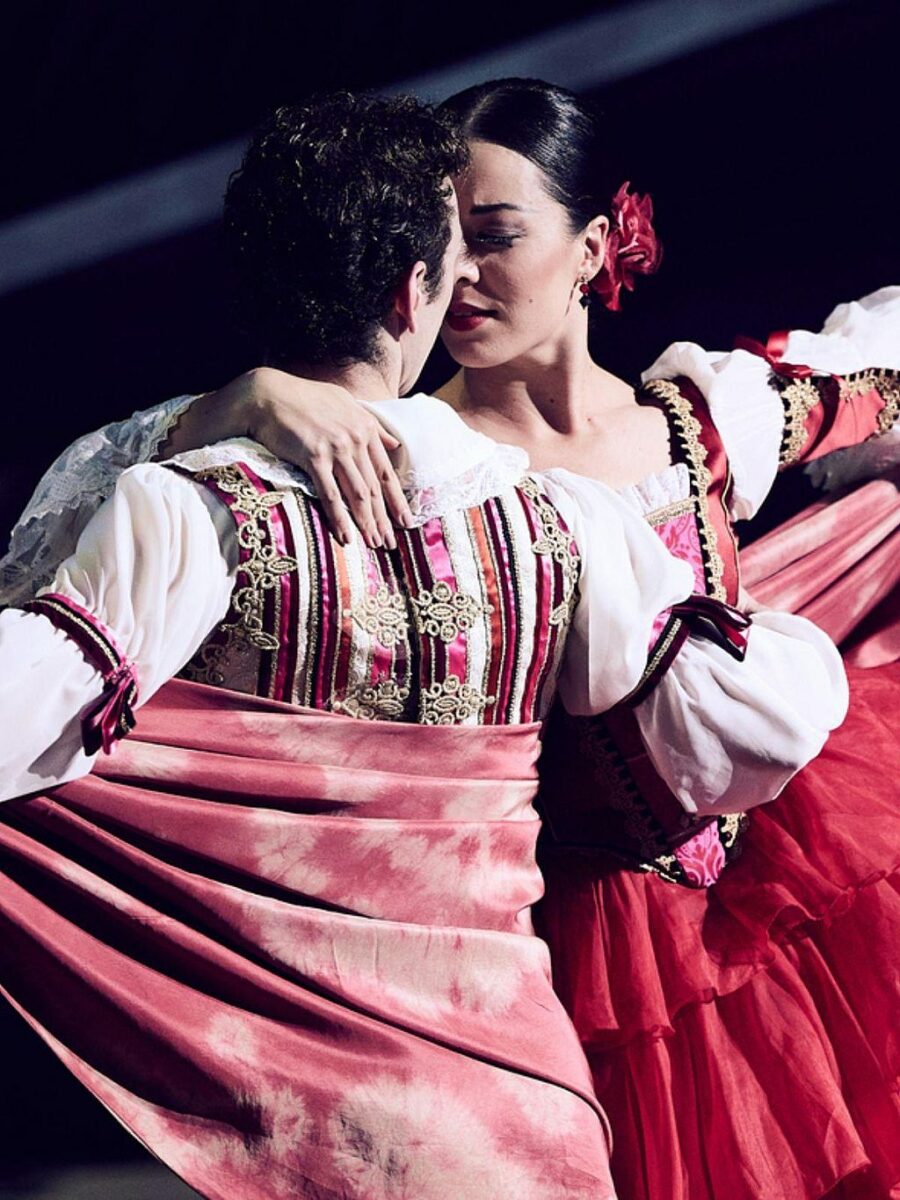
In addition, Yuumi Yamada is now a senior artist, Maxim Zenin, Aya Watanabe, Katherine Sonnekus, Misha Barkidjija and Cameron Holmes have been newly appointed as soloists, and Montana Rubin, Evie Ferris, Saranja Crowe, Sara Andrion, Hugo Dumapit, Adam Elmes, Larissa Kiyoto-Ward, and Lilla Harvey have been promoted to the rank of coryphée.
Yuumi Yamada has constantly impressed me over recent years and her promotion is definitely worth celebrating, but congratulations to all who were promoted. I look forward to watching their progress in 2024.
- Some statistics for 2023
In 2023 this website received 48,959 visits, that is just over 4,000 per month. The top five 2023 posts in terms of number of visits were, in order, ”Talking to Martin James … about teaching’, ‘Swan Lake. The Australian Ballet (2023)’, ‘Strictly Gershwin, Queensland Ballet’, ‘Alice Topp’s Paragon’, and ‘David McAllister. An exciting retirement opportunity’. Of posts relating specifically to dance in New Zealand the top five posts accessed, again in order, were ‘(m)Orpheus. New Zealand Opera and Black Grace’, ‘Lightscapes. Royal New Zealand Ballet’, ‘Myth and Ritual. Orchestra Wellington with Ballet Collective Aotearoa’, ‘Platinum Royal New Zealand Ballet’ and ‘Ballet Noir. Mary-Jane O’Reilly and Company’. Top tags accessed, some used largely it seems for research purposes, were Mary McKendry, The Australian Ballet, Vadim Muntagirov, Graduation Ball, and Bodenwieser Ballet
Unfortunately Google Analytics, from which my data is obtained, has changed its format and the ability to access the number of visits from particular cities is limited to just one week prior to the period of each visit! But of overseas cities, London and New York appear every week.

Michelle Potter, 31 December 2023
Li Cunxin, 2023. Farewell image from Queensland Ballet. Photographer not identified.
